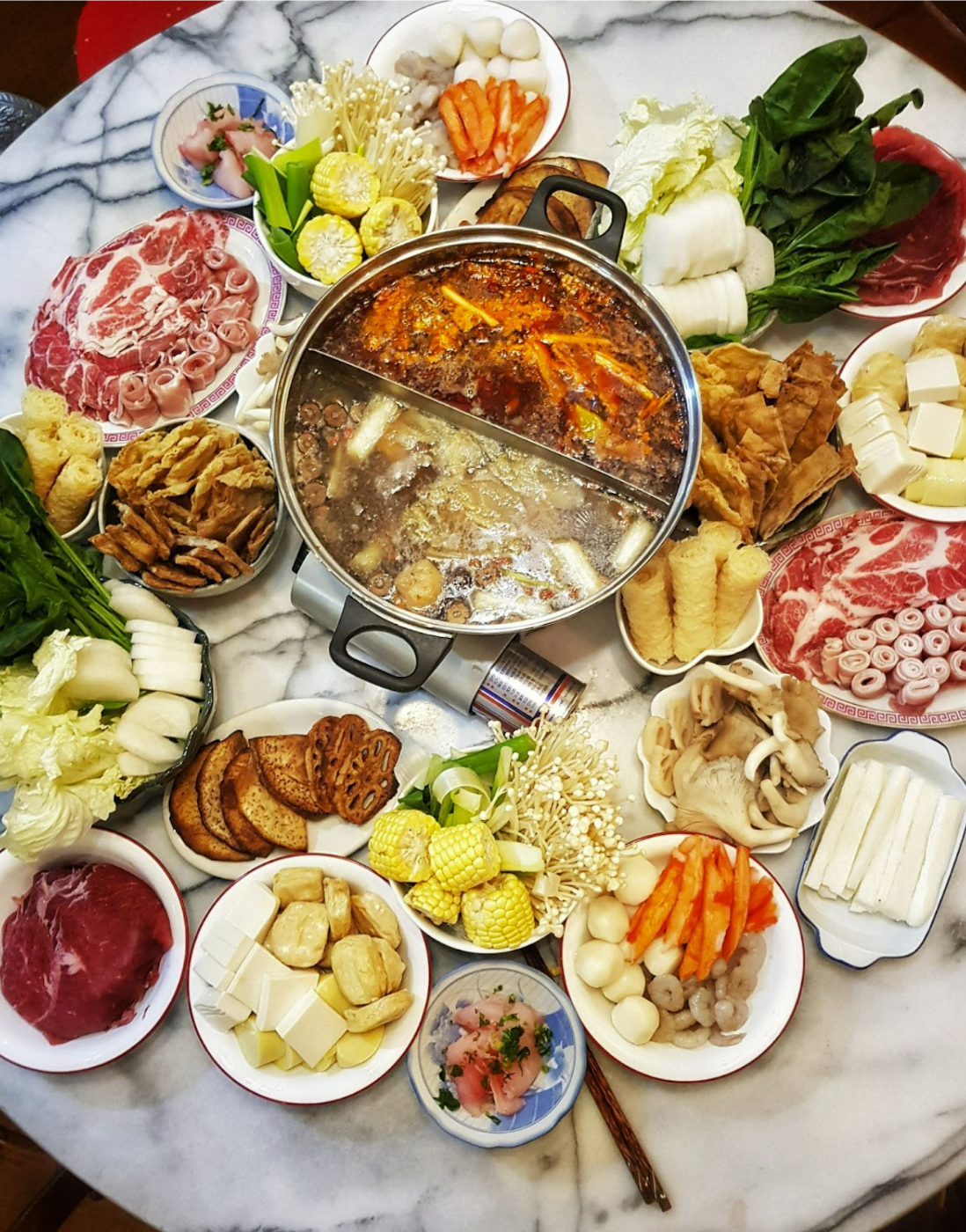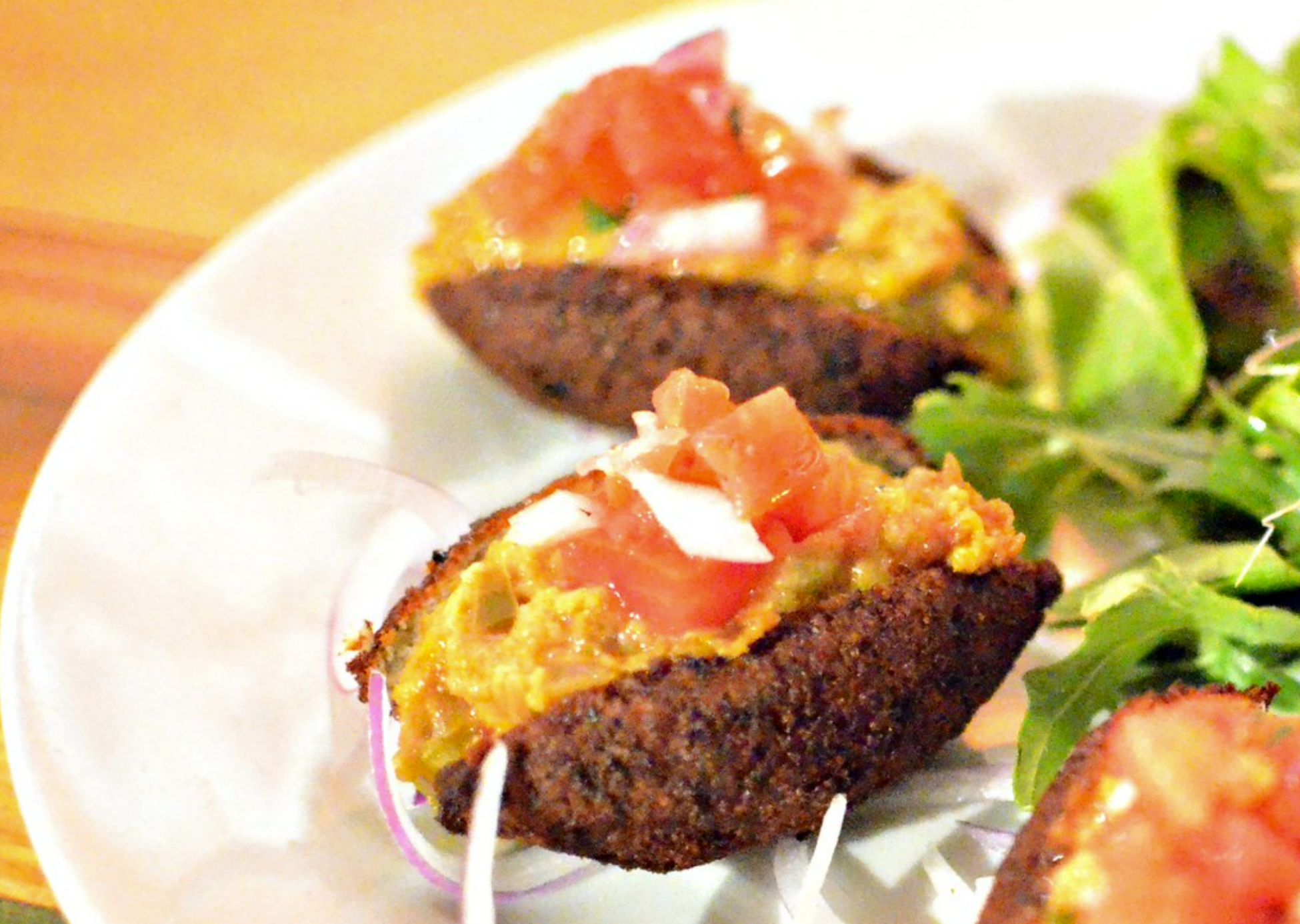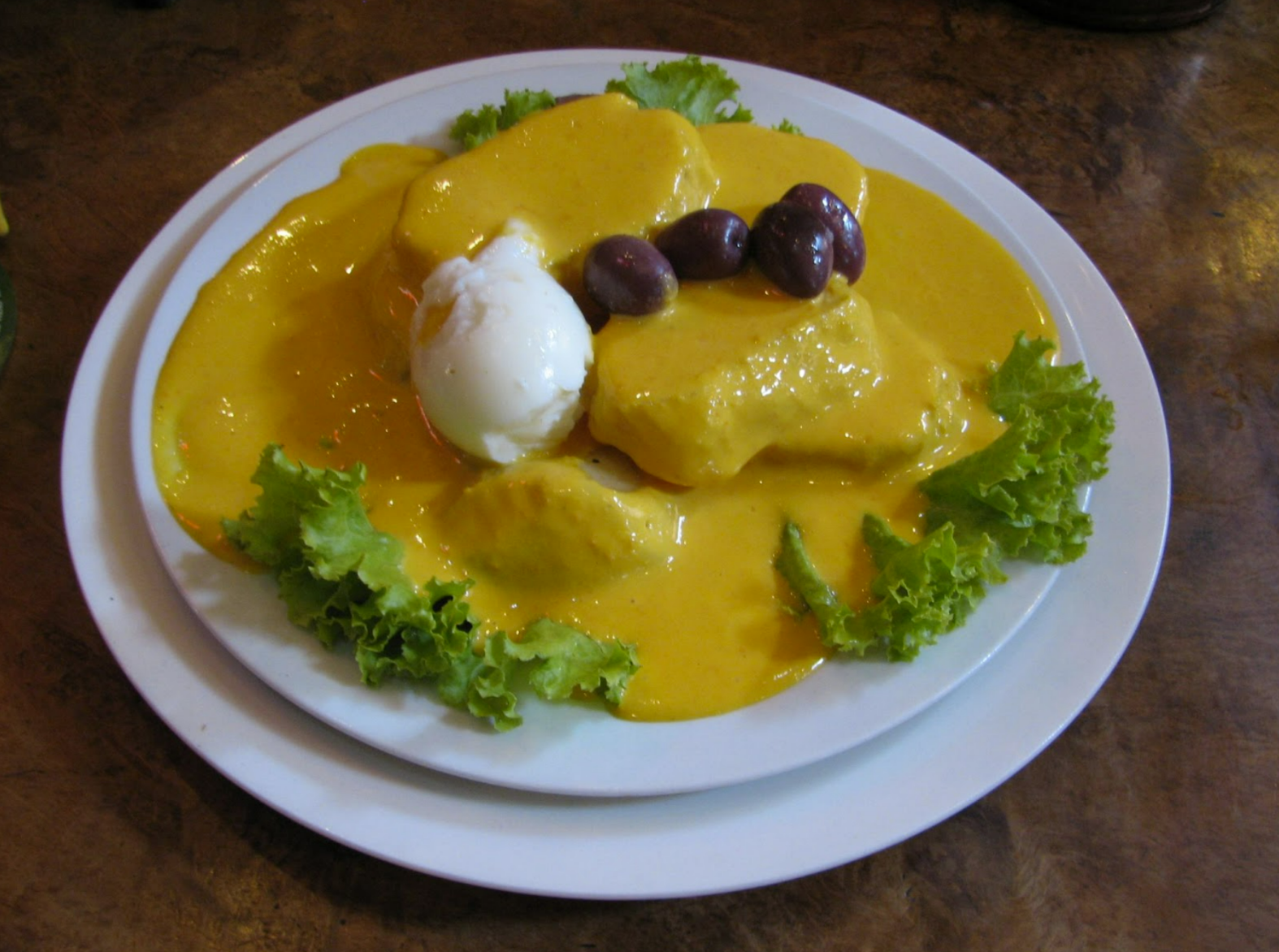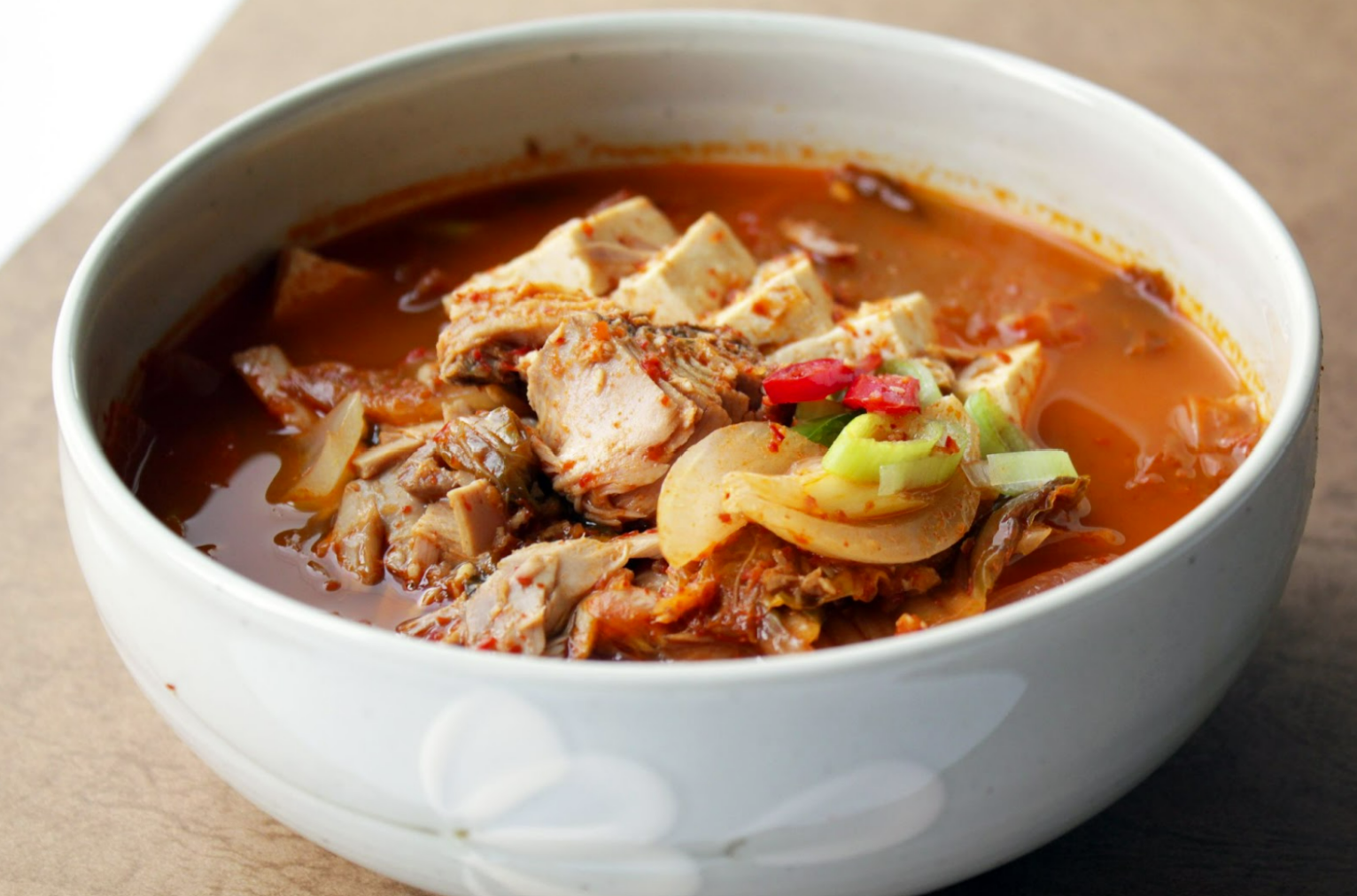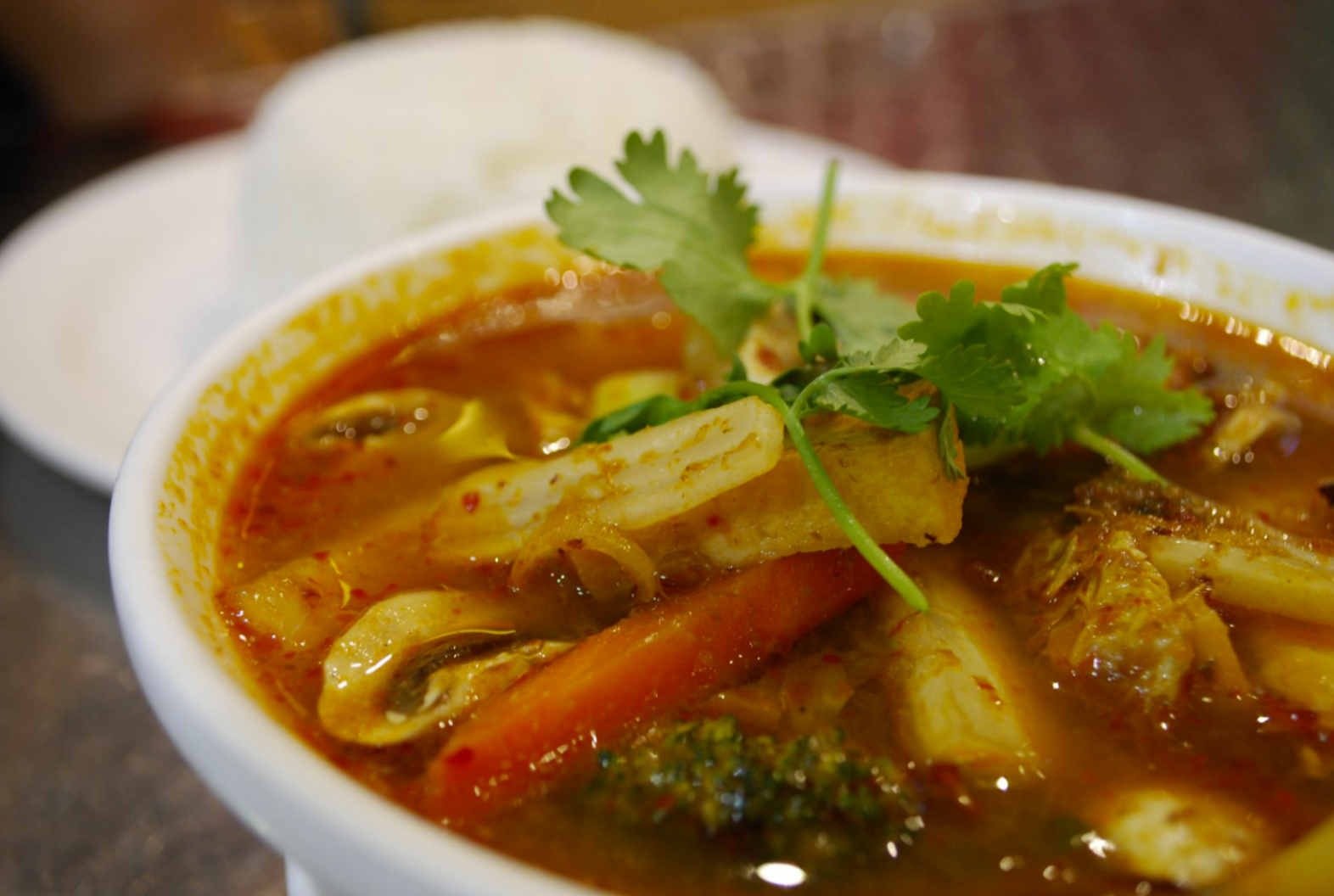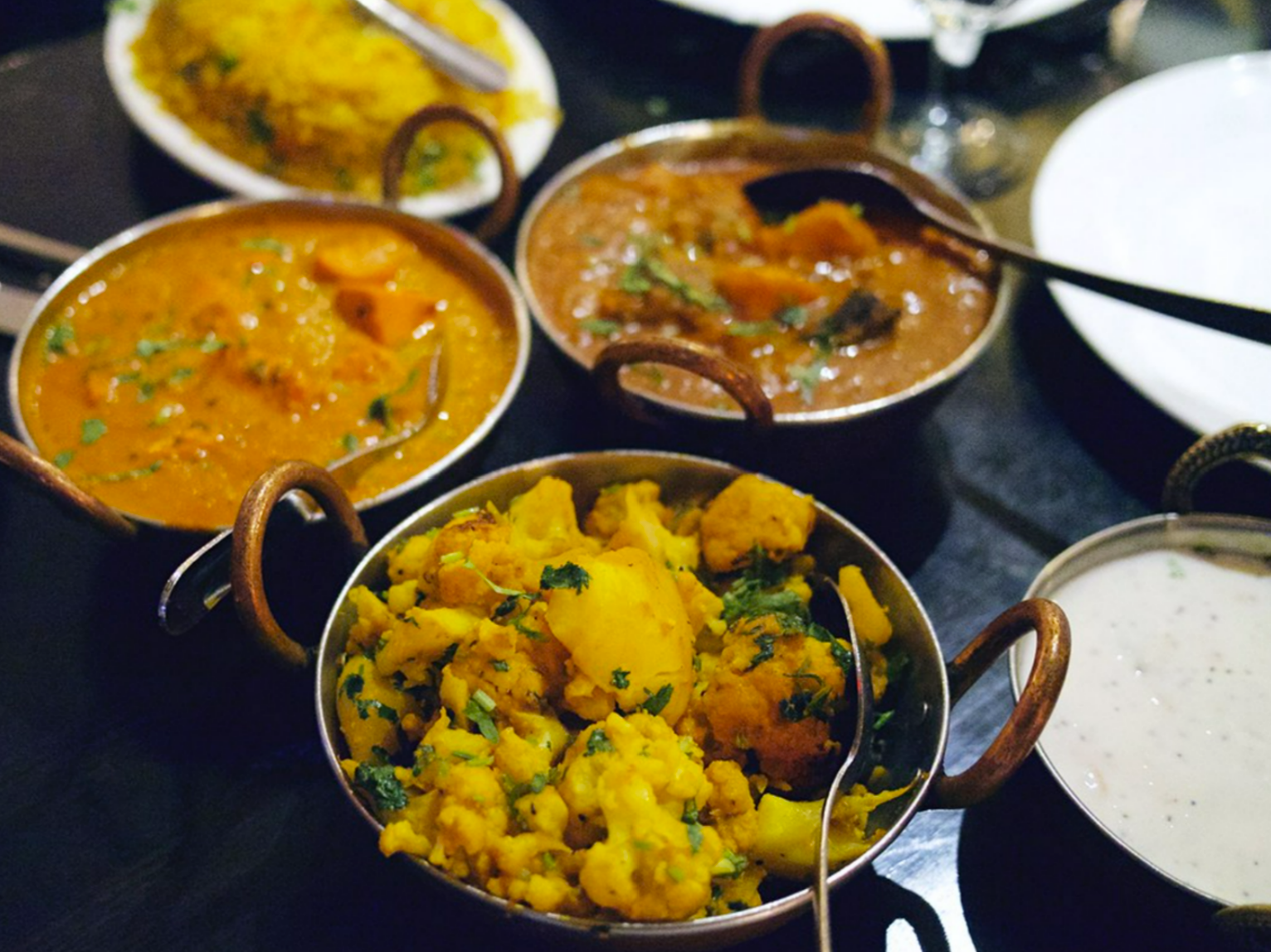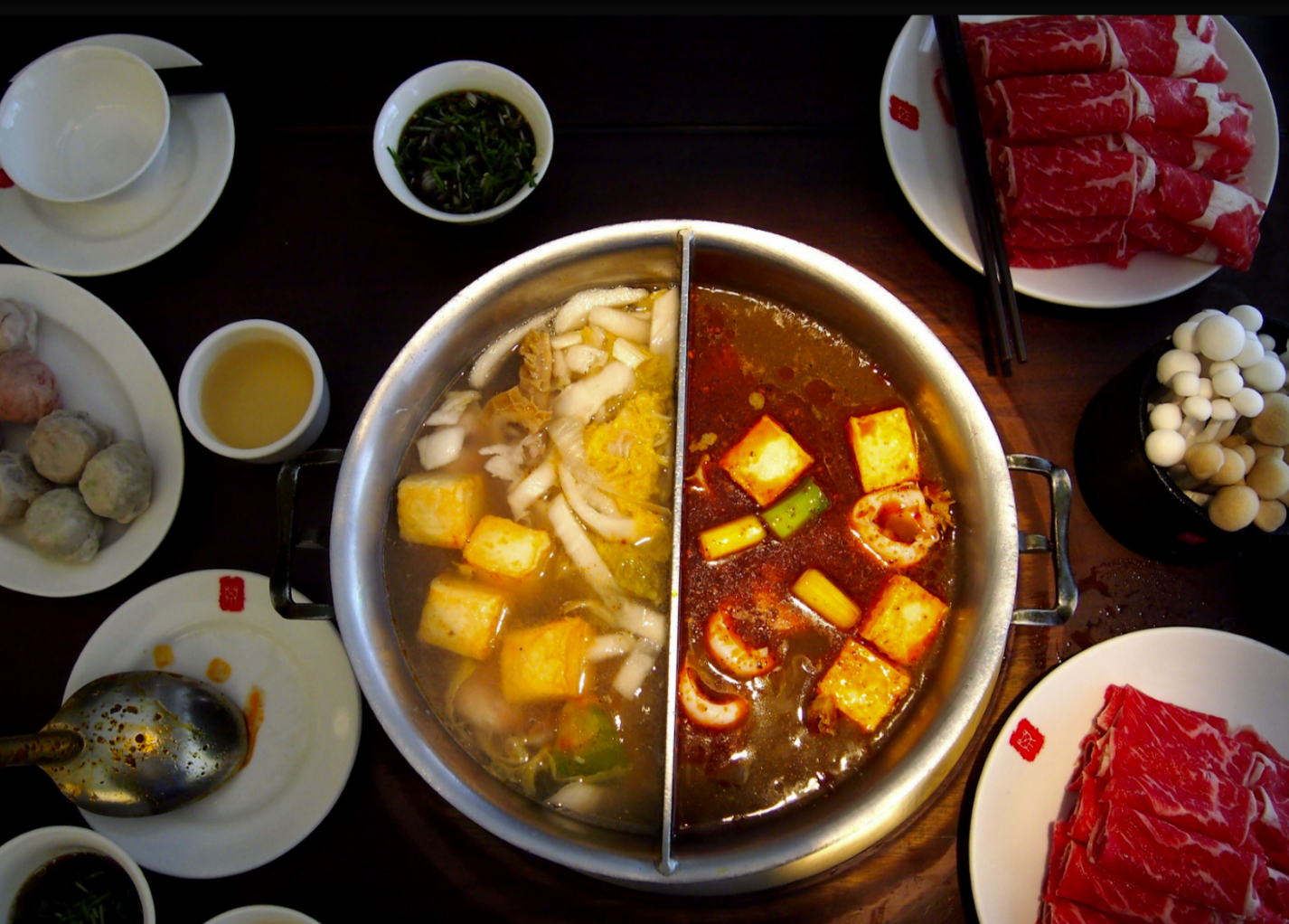Discover the 9 spiciest cuisines from around the world, from Jamaican jerk chicken to Brazilian bean cake
Homemade Hotpot. Jonathan Lin. CC BY 2.0.
Flavorful and diverse, food can bring a range of sensory pleasure through the tastes of sweet, sour, salty, bitter, and savory. But, spicy, a sensation rather than a flavor, is a unique combination of scorching pain and alluring charm. While it can leave a strong impression on diners, it can also burn the tongue and leave one reaching for a glass of iced milk.
Whether you love it or hate it, people around the world enjoy spicy food for various reasons, including the stimulation of appetite in tropical regions and triggering the release of pleasant endorphins through heat mimicry. If you're looking for a tantalizing culinary adventure, check out this list of the 10 spiciest cuisines from around the world.
1. Jerk chicken, Jamaica
Jerk chicken at The Jamaican Grill. Hajime Nakano. CC BY 2.0.
Jerk seasoning is a mixture of spices such as onion powder, garlic powder, cayenne pepper, dried parsley, ground clove, and cumin that bring a taste of the Caribbean to any diner. However, it is scotch bonnet peppers that bring the heat to this Jamaican dish. On the Scoville heat unit scale, which measures the number of times an active component of peppers needs to be diluted by sugar water to achieve a neutral taste, scotch bonnet peppers are nearly 100 times hotter than jalapeno peppers. Jerk chicken, a popular dish that can be made with either bone-in or deboned chicken breast, is typically marinated or dry-rubbed with this spicy seasoning. In Jamaica, where the dish originated, people place charcoals in a fire pit with pimento wood on top, then put the seasoned chicken on the wood. The slow cook that lasts for hours allows the chicken to absorb the fragrant oil and smoke from the pimento wood, rendering its piquant taste.
2. Sik Sik Wat/Doro wat, Ethiopia
Demera Ethiopian at Chicago French Market. Kurman Communications, Inc. CC BY 2.0.
Doro Wat or Sik Sik Wat of Ethiopia is a classic slow-cooked Ethiopian stew simmering in dried red chilies, paprika, cayenne, and fenugreek. Berberé, a paprika-based mixture, and Niter Kibbeh, a fragrant, herb-infused clarified butter, are the two main seasonings that give the stew its rich flavor. Boiled gently in the caramelized onions, the tender chicken or beef is often combined with a tangy piece of injera, which is Ethiopian bread made from fermented teff flour. Before the stew is fully cooked, peeled, hard-boiled eggs are added to absorb the zesty spices and furnish the bright, mouthwatering red of the dish. It is also a staple of Ethiopian holiday celebrations like Christmas and Easter, particularly popular during the 43-day fast before Christmas. Many Ethiopians prefer to have this spice-filled meat stew as their first choice after abstaining from meat.
3. Bean cake, Brazil
Bean cake. Stephanie.CC BY 2.0.
Popular in Brazil, bean cake is a street food dish made of deep-fried, peeled black-eyed peas beans filled with spicy pastes including cashews, shrimp, and palm oil. These patties offer a crispy exterior and a soft, pillowy interior. Its filling opens to a range of enticing ingredients, from traditional vatapa with palm nut sauce and spices to modern versions with cheese and salsa. The street food, which originates from Bahia state, has roots in West Africa. Historically sold by Afro-Brazilian women (Baianas) on the streets who dress in traditional costumes, bean cake is not only a delicious treat with its vibrant flavors and texture, but also holds cultural significance. The slave descendant woman used to sell Bainas for a living and earn their freedom in the 19th century, Whether enjoyed as a snack or a full meal, it is usually served with a tomato salad and homemade hot pepper sauces.
4. Potatoes Huancayo style, Peru
Peruvian Potatoes Huancayo style Sauce. AgainErick.CC BY-SA 3.0.
A traditional Peruvian dish known as “Potatoes Huancayo style Sauce,” Papa a la huancaína is made of rustic and flavorful potatoes covered in cheese, milk, and a variety of spices. The unique flavor of Aji Amarillo, a Peruvian chili pepper that is an inseparable part of the local cuisine, is the highlight of this deceptively simple salad dish. Without the harshness and heat of a typical pepper, Aji Amarillo is fruity and subtle, making it a perfect option for a hot summer day. The origin story of Papa a la huancaína also set this dish apart. According to local legend, the dish originated in the late 1800s in the central Andes Mountains city of Huancayo, where a woman vendor sold it to railroad workers. Its bold flavors, robust spices, and creamy texture quickly gained popularity and became a much-anticipated lunchtime treat for the workers. Today, Papa a la huancaína is on the menu of most restaurants serving traditional Peruvian cuisine.
5. Kimchi Jjigae, Korea
Tuna kimchi jjigae. Chloe Lim.CC BY 2.0.
Kimchi Jjigae is a traditional Korean dish renowned for its bold and spicy flavor. Made from fermented Napa cabbage and a mix of spices, including garlic, fish paste, chili paste, and rice paste, the preparation process can take days or even months. Combining Kimchi Jjigae with other ingredients such as tofu, pork belly, and scallions creates a satisfying meal. Kimchi Jjigae is also versatile and can be adapted to suit personal tastes and preferences. For example, some Koreans prefer to add beef, tuna, clams, or mussels to the dish, while others enjoy it simply served over a bowl of rice. Regardless of the additional ingredients, this dish is well-known for its comforting spiciness and ability to refresh the palate. The ease of preparation, combined with its transformative taste, makes Kimchi Jjigae a favorite for many.
6. Tom Yum, Thailand
Vegetable Tom Yum Soup. Alpha. CC BY-SA 2.0.
Tangy, spicy, and savory, Tom Yum is a popular and aromatic Thai soup that is made from a mix of fresh lemongrass, kaffir lime leaves, galangal (a type of ginger), chilies, fish sauce, lime juice, and mushrooms. “Tom”refers to a boiling process, “Yam” is a spicy and sour salad, and "Kung" means shrimp. While you will likely find the refreshing soup cooked in every neighborhood, the history behind the dish largely remains unknown. Though there was no clear documentation of the origin of the soup, it is likely that the abundance of fresh shrimp in the Chao Phraya River in Thailand is believed to give rise to the sour, spicy soup. Over time, the three essential ingredients, lemongrass, kaffir lime leaves, and galangal also evolved, while keeping its iconic flavor intact. For many Asians, Tom Yum is also a go-to remedy for colds and coughs, as the fresh herbs help soothe the body and warm the stomach.
7. Vindaloo, India
Vindaloo with other dishes. Bing. CC BY-NC-SA 2.0.
Vindaloo, hailing from Goa in western India, is known for its fiery heat and mouthwatering sourness. This Indian delicacy is crafted with a base of meat such as pork or chicken, which is seasoned with a blend of spices like chili peppers, ginger, garlic, cumin, coriander, turmeric, and vinegar. This mixture is then slow-cooked to create a luscious, delicious stew. The dish is typically served with rice or Indian bread, such as naan or roti, and is often accompanied by a variety of side dishes, including chutneys, pickles, and raita.
8. Bun Bo Hue, Vietnam
Good strong beef broth and a clear chicken broth in Bun Bo Hue. Pho Hoang.CC BY-SA 2.0.
The Vietnam noodle soup of Bun Bo Hue boasts distinct and rich flavors from its thin round noodles, a blend of beef and pork, and a hearty, savory broth. To create the broth, cook beef bones or shank with lemongrass, then season with fermented shrimp sauce and sugar. Spicy chili oil is added later during the cooking process, giving the dish its signature reddish-brown hue. A meal full of flavors and textural contrasts, Bun Bo Hue has various flavors depending on its geographical origins and climate. The most authentic Bun Bo Hue usually appears in street food stalls in the city of Hue, along with traditional Hue salt coffee shops.
9. Hotpot, China
Farewell Hotpot. Momo. CC BY 2.0.
Hotpot readily comes to mind when discussing the world's spiciest dishes, but is so much more than a scary, peppery soup. At its core, a hotpot is a simmering pot of robust broth that diners use to cook a variety of meats, vegetables, and noodles to their desired level of doneness. It is a classic representation of communal food culture in China, usually occupying the center of the table at a family gathering or new year's feast. A hot pot meal features a range of ingredients including beef, lamb, pork, seafood, sliced vegetables and greens, and quick-cooking noodles. The iconic Chongqing hotpot stands out for its blistering Sichuan pepper, and the region itself is known for incorporating spicy elements into most of its dishes, from soup to stir fry.
Hope Zhu
Hope is a Chinese international student at Wake Forest University in North Carolina studying sociology, statistics, and journalism. She dreams of traveling around the globe as a freelance reporter while touching on a wide range of social issues from education inequality to cultural diversity. Passionate about environmental issues and learning about other cultures, she is eager to explore the globe. In her free time, she enjoys cooking Asian cuisine, reading, and theater.

